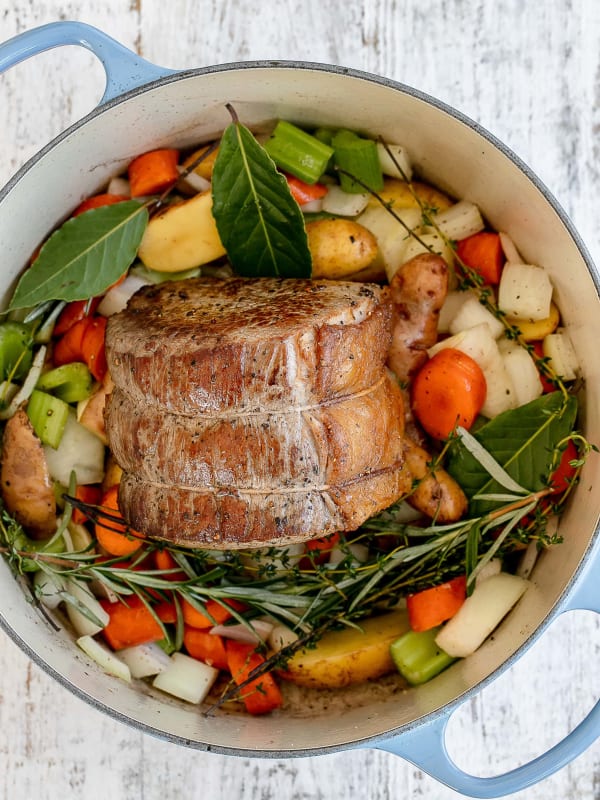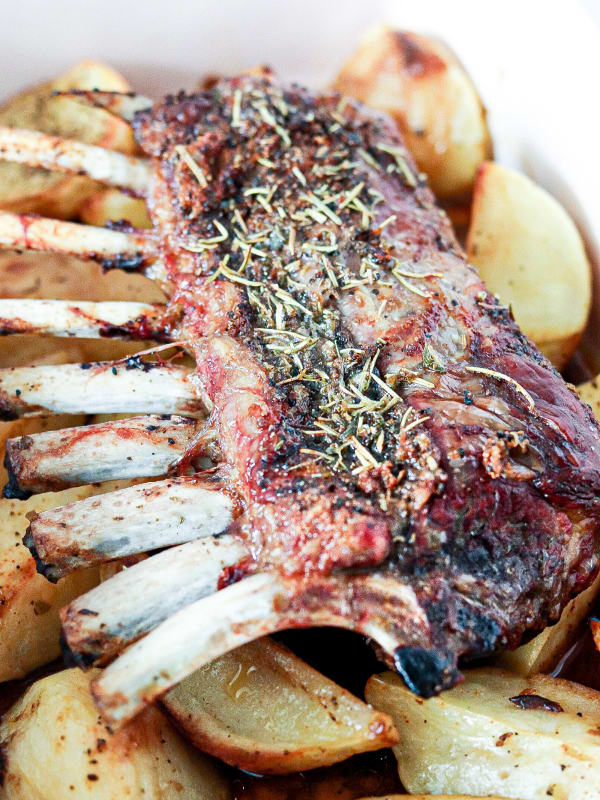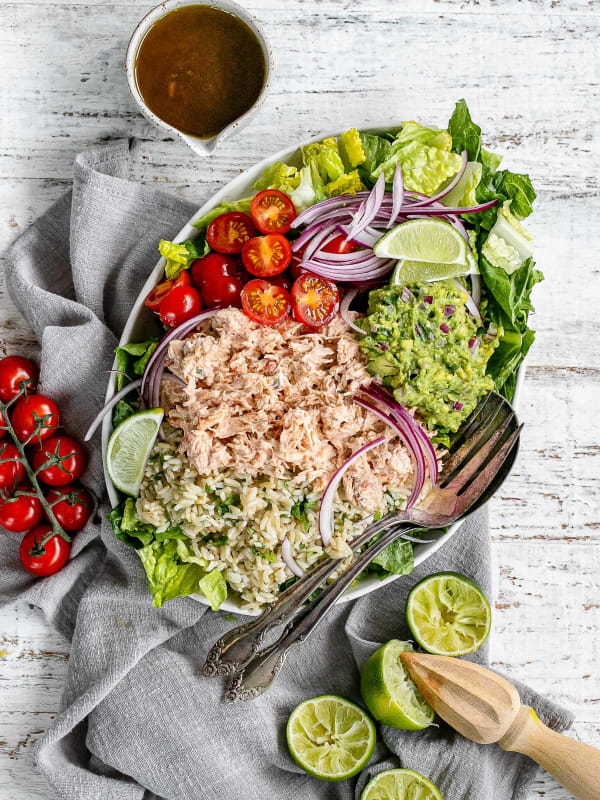Popular Conditions & Diets

The Paleo Diet has gained widespread attention in recent years as a nutritional approach that harkens back to the dietary habits of our ancient ancestors.
Rooted in the belief that modern human health can be optimized by mimicking the eating patterns of early hunter-gatherer societies, the Paleo Diet revolves around the consumption of foods presumed to have been available during the Paleolithic era, which spanned from approximately 2.5 million to 10,000 years ago.
But unlike the broader span of our species' history, the massively popular diet we call paleo is less than 150 years old.
Let's take a quick tour of the evolution of the paleo diet many of us know and love today and the history of the thinkers who shaped it.


It all began with Emmet Densmore (1837-1911), an American physician, fruit farmer, and spiritualist. His passionate arguments for eating a 'primal' diet like ancient humans were outlined in his 1890 manifesto, The Natural Food of Man, and further expanded in 1892 with How Nature Cures.
Famously describing bread as the "staff of death," he believed that the human digestive system was primarily designed for animal food and that a diet rich in meats and low in carbohydrates was more in harmony with human physiology.
In staunch contrast to the grain-loving, vegetarian contemporaries of his day (none more famous than John Harvey Kellogg of the Kellogg's cereal dynasty), Densmore advocated plentiful meat, fruit, fish, nuts, leafy greens, regional veggies, and seeds, while avoiding processed foods, grains, potatoes and legumes.
In his time, Densmore's work was derided as "the pot-boiler of a charlatan", but the mark had been made, and the 'primal' diet would prove its staying power.

The proto-paleo movement continued into the 20th century with Weston A. Price (1870–1948), widely nicknamed "The Charles Darwin of Nutrition."
A Canadian dentist and nutrition researcher, Price conducted numerous studies in the 1930s, travelling to various isolated and non-industrialized populations around the world.
His field research aimed to investigate the link between diet and dental health but soon expanded far beyond oral well-being. Price repeatedly observed that Indigenous communities with traditional diets rich in whole, unprocessed foods tended to have excellent dental health, with low cavities and well-aligned teeth.
Price noted that despite having exemplary smiles, populations who ate animal proteins, organ meats, dairy products from cows and goats, and locally grown vegetables, all high in bioavailable nutrients and fat-soluble vitamins, seemed to exhibit excellent overall health and fitness.
In contrast, Price observed that populations that adopted modern, processed diets high in refined sugars, flours, and vegetable oils experienced a decline in dental health and an increase in various chronic diseases. He coined the term "physical degeneration" to describe the negative health consequences of shifting away from traditional diets.
In 1939, Price published his field research, thousands of photos, and nutrition ideas in his epochal masterpiece Nutrition and Physical Degeneration: A Comparison of Primitive and Modern Diets and Their Effects.
Though he didn't appeal to prehistoric anthropology, Price made an indelible mark on paleo history by connecting modern diseases with modern eating.

Walter Voegtlin (1912-2003) was an American physician specialising in gastroenterology.
Despite being an eccentric figure with some problematic views, it's generally accepted that he was the very first medical professional to appeal to the Paleolithic period to form an evolutionary argument for how to eat.
Voegtlin's ideas were encapsulated in his 1975 book The Stone Age Diet, in which he outlined the health benefits of adopting a diet that mimicked the presumed eating patterns of early humans who lived as hunter-gatherers before the dawn of agriculture.
He even went as far as to argue that humans were primarily carnivorous until the agricultural revolution 10,000 years ago and that as our genetics and physiology remain fundamentally unchanged, this is how we ought to continue eating.
The Stone Age Diet is generally credited as the first significant outline of the paleo diet and laid the foundation for later proponents of the movement.

In 1985, paleo took off when Dr. Stanley Boyd Eaton (b. 1935- ) of Emory University in Atlanta published a seminal paper in the New England Journal of Medicine entitled Paleolithic Nutrition: A Consideration of its Nature and Current Implications.
A revolutionary marriage of anthropology and nutrition, Eaton's paper brought the primary principle of paleo-style eating into the light of science.
Reviewing the chronology of human evolution over the past 24 million years, Eaton makes the case that, genetically, we haven't changed much from our homo habilus or homo erectus ancestors of 2 million years ago.
We're basically identical to the homo sapiens who made an appearance 40,000 years ago. According to Eaton, the agricultural revolution 10,000 years ago did nothing to modify the human genome.
Although it's only a slight seven pages, Paleolithic Nutrition is about as action-packed as nutrition science ever gets. It thoroughly expounds the entire backbone of the paleo worldview.
It develops the theory that we are premodern bodies in a modern world - "stone agers living in the space age"- and suffer from chronic illnesses as a result.

This evolutionary discordance hypothesis theory is the centrepiece of all paleo-themed diets. It holds that while we have not diverged genetically from our pre-agrarian ancestors, our diet has changed massively. As a result, obesity, diabetes, and other 'diseases of civilization' result from this mismatch.
While the lifespan of early humans was shorter than ours, on average, generally due to infectious diseases we have since learned to cure or prevent, Eaton contends that those who did achieve old age were usually free from the modern diseases that plague us today.
Taking a page from Weston Price, he also alludes to contemporary populations who still abide by traditional diets and enjoy freedom from insulin resistance and heart disease.
But paleo only reached maturity in the 21st century, when Loren Cordain (b.1950- ), an American Ph.D. specializing in nutrition and physical education, authored his breakthrough 2002 book The Paleo Diet: Lose Weight and Get Healthy by Eating the Foods You Were Designed to Eat.
Cordain's bestseller became the Bible of the paleo diet as we know it today and is often credited with bringing it so far into the mainstream that paleo has become a household word, a 'fad diet' as it is sometimes pejoratively labelled, and a half-billion dollar annual industry.
From the outset of The Paleo Diet, Cordain is clear that without Eaton's 1985 paper, his book could not exist.
Nevertheless, by distilling Eaton's largely anthropologically focused scientific essay into an easy-to-read diet manual, Cordain trademarked the paleo diet and spelled out its terms for a broad audience.
Whole, Unprocessed Foods: The fundamental principle of the Paleo Diet is centred on the consumption of whole, unprocessed foods. Of all the claims about paleo diets that are criticized, this one seems understandably unchallenged. Before the last 200 years, pesticides, additives, genetic modification, and various enzymatic and chemical food processing techniques did not exist.
Elimination of Grains: The Paleo Diet eschews grains completely, including wheat, oats, and rice. Proponents argue that the agricultural revolution introduced foods the human body has not fully adapted to, potentially leading to health issues.
Lean Proteins: A central diet component is emphasizing lean protein sources. Meats, poultry, and fish are encouraged, while processed meats with additives are discouraged. Cordain argues that our bodies are better adapted to proteins from wild game, such as lean meats from wild ruminant animals like bison, deer, horses, elk and even mammoth.
Healthy Fats: Paleo encourages the consumption of healthy fats, primarily from sources like avocados, nuts, seeds, and olive oil. According to Cordain, wild games of the premodern era were not marbled like relatively stationary beefsteaks of today but sinewy, tough, lean, and predominating in omega 3 fats over saturated. Though Eaton points out that records of seafood consumption in premodern peoples were remarkably sparse until 20,000 years ago, placing them in a grey area, Cordain embraces them wholeheartedly as a great source of protein and healthy fats.
Elimination of Dairy: Dairy products are excluded from the Paleo Diet due to the argument that the ability to digest lactose through adulthood via the lactase enzyme in the intestine evolved relatively recently in human history and is not universally present.
Elimination of Legumes: Contemporary paleo enthusiasts usually find reasons to avoid legumes that aren't strictly predicated on the diets of the Paleolithic era, such as antinutrients like phytates and saponins. Eaton and Cordain tend to eschew them because they didn't make a significant proportion of what pre-agrarian people ate.
The paleo diet is unique compared to all others in drawing its foundations directly from anthropology and a utopian vision of what early humans ate.
Therefore, the contentious question of what early humans actually ate is front and centre in both claims of the diet's proponents and its critics.
However, whether it's plant-forward or carnivore, the modern paleo diet is famous for a reason - for many, it is a good fit. And if it's merely a trend or a 'fad diet,' we certainly won't be evolving out of it for a while.
Are anti-nutrients harmful?. The Nutrition Source. (2023, February 2). https://www.hsph.harvard.edu/nutritionsource/anti-nutrients/
Challa, H. J. (2023, July 4). Paleolithic diet. StatPearls [Internet]. https://www.ncbi.nlm.nih.gov/books/NBK482457/
Cordain, L. (2010). The paleo diet: Lose weight and get healthy by eating the food you were designed to eat, Wiley.
Densmore, E. (n.d.). The Natural Food of Man: A Brief Statement of the principal arguments against the use of bread, cereals, pulses, and all other starch foods. HathiTrust. https://babel.hathitrust.org/cgi/pt?id=uc2.ark%3A%2F13960%2Ft8hd7zw8j&seq=7
Dr. Weston A. price archives. International Foundation for Nutrition and Health. (n.d.). https://ifnh.org/dr-weston-a-price/
Eaton, S. B., & Konner, M. (1985). Paleolithic nutrition. New England Journal of Medicine, 312(5), 283–289. https://doi.org/10.1056/nejm198501313120505
Gershon, L. (2023, October 4). Why Eat Like a Caveman?. JSTOR. https://daily.jstor.org/why-eat-like-a-caveman/
Johnson, A. R. (2015). The paleo diet and the American weight loss utopia, 1975–2014. Utopian Studies, 26(1), 101–124. https://doi.org/10.5325/utopianstudies.26.1.0101
Konner, M., & Eaton, S. B. (2010). Paleolithic nutrition. Nutrition in Clinical Practice, 25(6), 594–602. https://doi.org/10.1177/0884533610385702
The medical standard v.13 1893. HathiTrust. (n.d.). https://babel.hathitrust.org/cgi/pt?id=mdp.39015076621070&view=1up&seq=103&q1=densmore
Morell, S. F. (2017, October 13). Nutrition and physical degeneration by Weston A. Price. The Weston A. Price Foundation. https://www.westonaprice.org/physical/#gsc.tab=0
Paleolithic diet. Academic Accelerator. (n.d.). https://academic-accelerator.com/encyclopedia/paleolithic-diet
Price, W. A. (2010). Nutrition and physical degeneration: A comparison of primitive and modern diets and their effects. Benediction Classics.
Voegtlin, W. L. (1975). The stone age diet. Vantage Press.
Wills, M. (2019, February 26). The strange story behind your breakfast cereal. JSTOR daily. https://daily.jstor.org/the-strange-backstory-behind-your-breakfast-cereal/